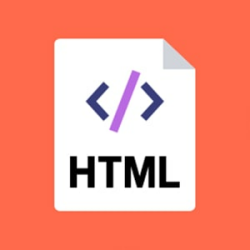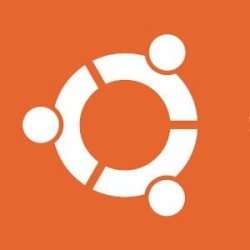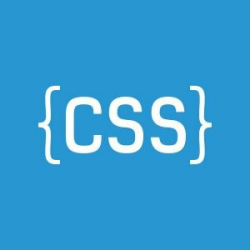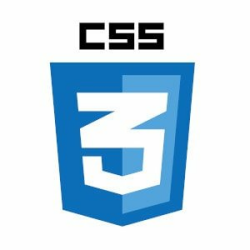What is Laravel Breeze & how to install it in the Laravel application?
Laravel Breeze is a shiny new package released by Taylor and the Laravel team.
Breeze provides a minimal and simple starting point for building a Laravel application with authentication. Styled with Tailwind, Breeze publishes authentication controllers and views to your application that can be easily customized based on your own application’s needs.
At the point when Laravel 8 released, It accompanied many new features and improvements. However, alongside it, the Laravel team has released Jetstream for application scaffolding, which accompanies all the fancy odds and ends in-built, for example, login, registration, email verification, two-factor authentication, session management, and optional team management.
It's nice that the framework itself gives every all these features out-of-the-box. But many developers didn’t like this at all and criticized the Laravel team a lot for it. People didn’t like it maybe because, under the hood, Jetstream enforced the use of Livewire or Inertia for scaffolding, and developers didn’t want to learn a new framework/stack to try out Laravel 8.
There was a developing need to have something truly easy that just works. Laravel team reacted to all the criticism, and afterward, thus Laravel Breeze introduced!
Installing Breeze
First, create a new Laravel app:
laravel new my-app
cd my-appThen require Breeze as development dependency:
composer require laravel/breeze --devAfter installing the breeze package, run the following command to install authentication scaffolding:
php artisan breeze:installThis command will publish all authentication-related views, controllers, request file, route file.
Install node dependecy
npm install && npm run devWhen done, migrate the database by running php artisan migrate which will create essential tables for authentication, for example, users, password_resets, etc in the application's database.
Running Breeze Application
We are done! Our installation is finished. Now we can register a new user and login to our Laravel application.











Please login or create new account to add your comment.